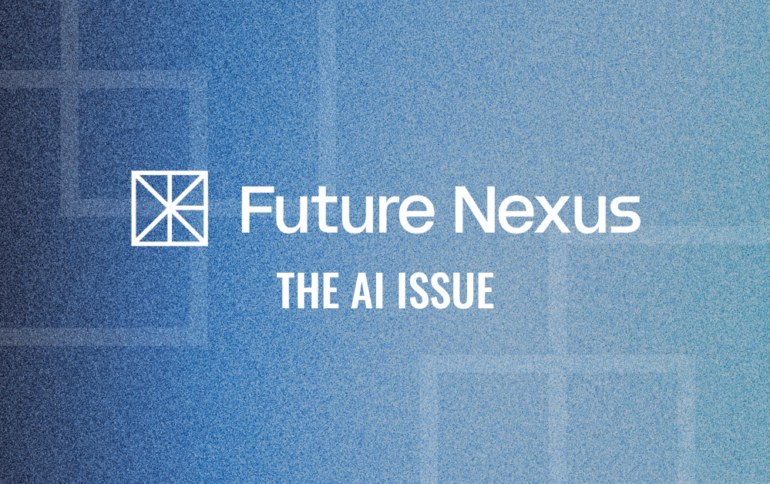It’s been a busy week for the government, AI industry, and payments sectors. Let’s unpack.
First, what’s at the top of everyone’s mind today: the U.S. government has shut down. Government-funded AI projects are likely to stall — such as those powered by the NSF, which has already announced its closure. Under its umbrella is the National Artificial Intelligence Research Resource (NAIRR), which focuses on AI for scientific discovery, as well as privacy and security preservation; and the National Artificial Intelligence Research Institutes, which study how AI can improve agriculture and food supply chains, materials discovery, advanced cybersecurity, and learning. They also train talent for “high-growth sectors like biotechnology, advanced manufacturing, education and defense.”
Indeed, it is easy to forget that it is the scientists whose discoveries are first to power progress in the private sector — and the scientists who are first to go when funding lapses.
Speaking of the private sector, Google and OpenAI are once again neck-and-neck. First it was the search wars; now, it’s the future of commerce. 2 weeks ago, Google released its Agent Payments Protocol (AP2), which facilitates agent-led payments across platforms. And just this week, OpenAI announced “Buy it in ChatGPT,” enabling users to make purchases in the platform with Instant Checkout, powered by the Agentic Commerce Protocol (ACP).
The implications are enormous. If ACP adoption grows, a slice of ecommerce traffic bypasses websites entirely, marking the shift from “search ? site ? cart ? checkout” to “intent ? agent ? instant purchase inside an AI interface.”
If agentic storefronts go mainstream, brands will need more than SEO — they’ll need APIs, refund flows, and trust logic that all work in real-time chat. We may expect users to delegate micro-purchases (gifts, restocks, low-consideration items) and, over time, more complex purchases as trust grows — especially if refunds/disputes feel easy in-chat. Merchants will also increasingly need agent-readable catalogs, inventory, and pricing (not too different from what we’ve started witnessing with website developers adding LLMs.txt files aside from just robots.txt).
Less than 24 hours ago, OpenAI also launched Sora 2, its upgraded video generation platform, now paired with a TikTok-style (but AI-first) social video app called Sora. Many questions linger. Will consumers take to this? Is there really a desire for AI-generated content, or will the average scroller just see this as a conglomeration of “AI slop”? If it takes off, brands will increasingly need to consider strategy for AI-native content feeds, but they’ll also have more flexibility to experiment with A/B (quickly remixed) creative testing at scale.
What does this all say about where things are headed? AI is becoming less of a tool and more of an ecosystem. Such platforms may very well become a one-stop-shop for AI-generated creation, discovery, and shopping. It’s imperative for founders, executives, providers, and merchants to build workflows and infrastructure that keep pace with these changes.
The takeaway is also this: AI isn’t just coming for your workflows. It’s coming for your customer surface. The question isn’t just whether your own product is agent-readable, but also if your business is built to live inside someone else’s AI.
Today, Theory Ventures Partner Andy Triedman explores how business leaders can build an “AI panel” to expedite and scale their own customer (and business decision-making) research.
—The Editors


